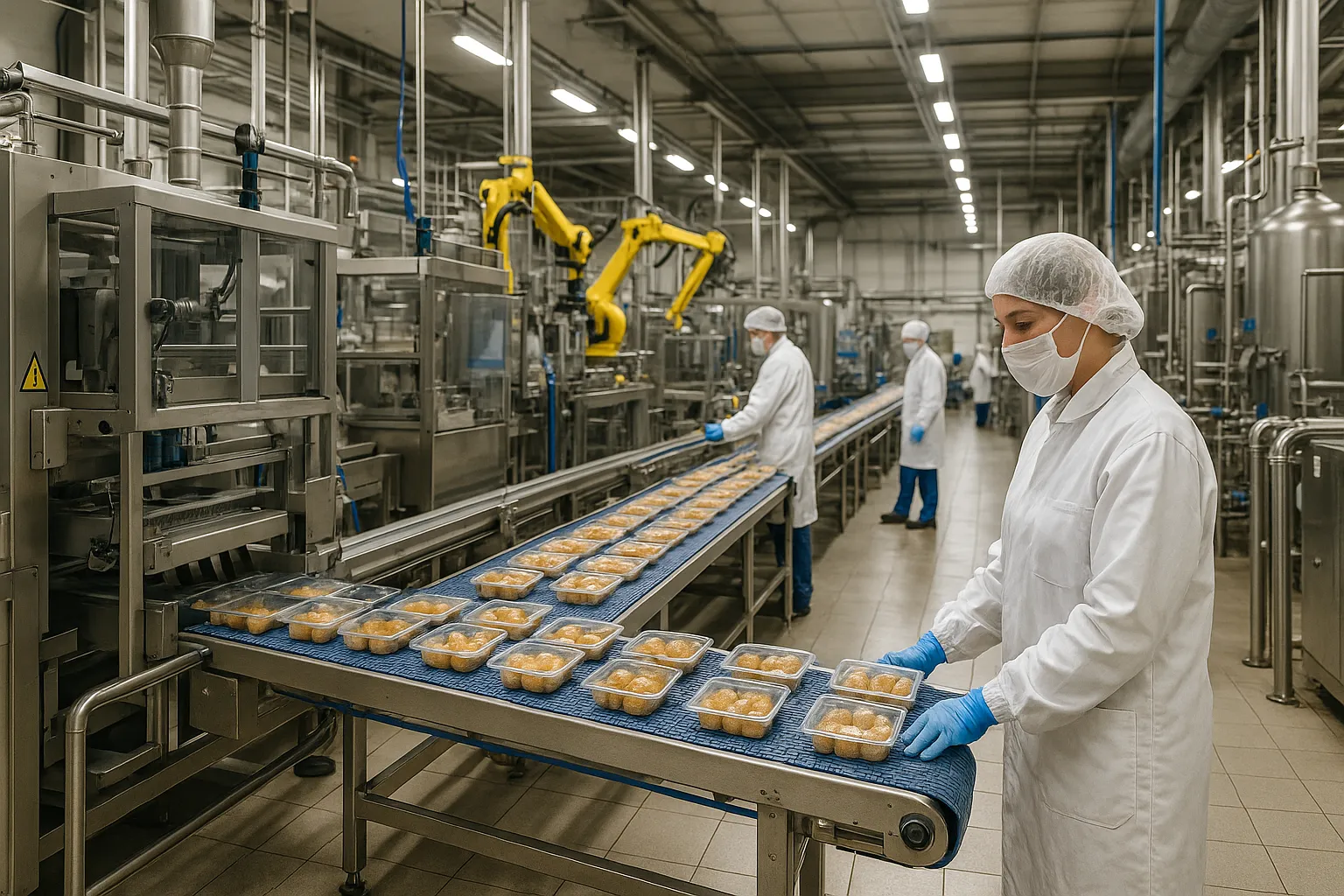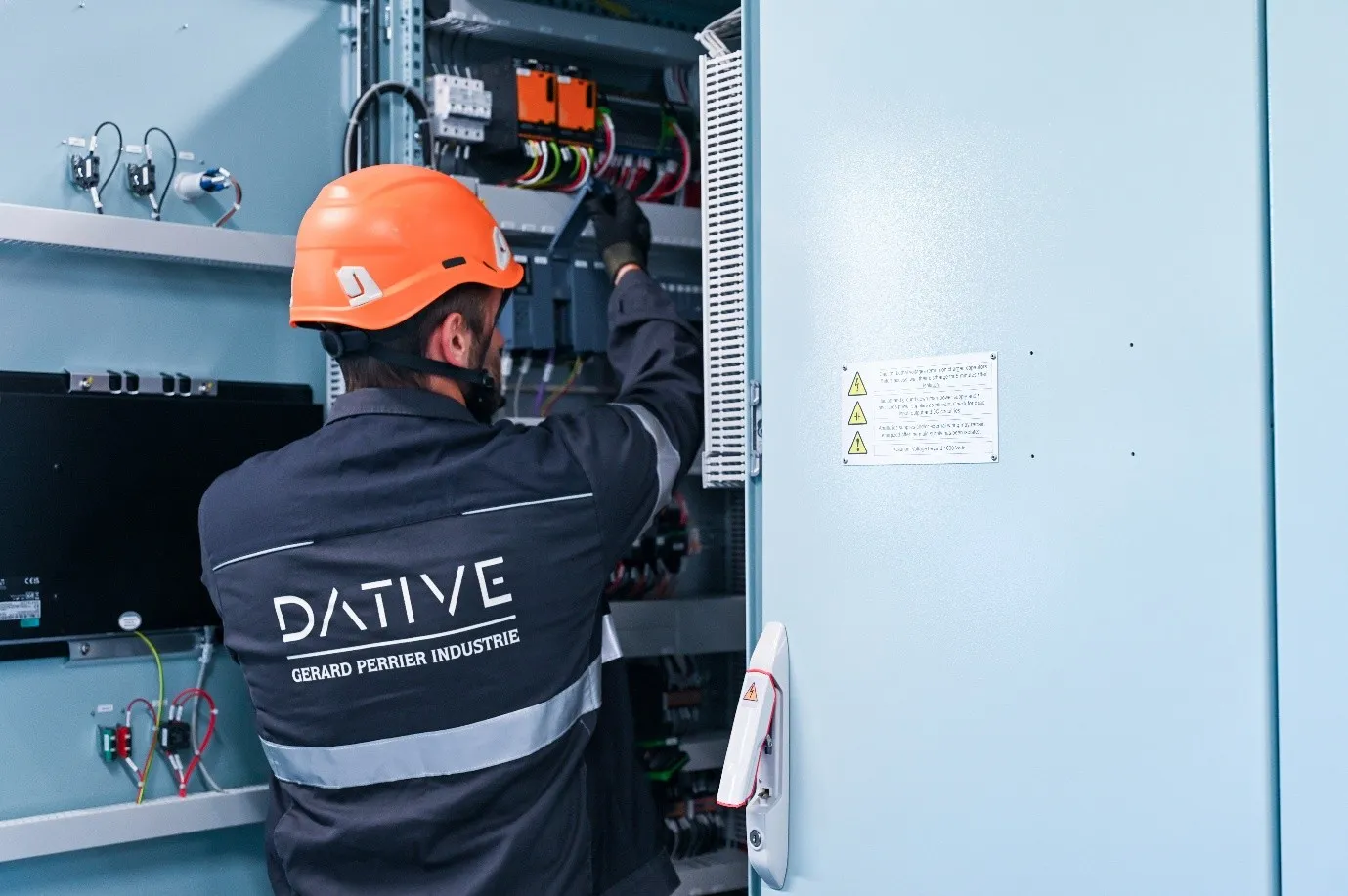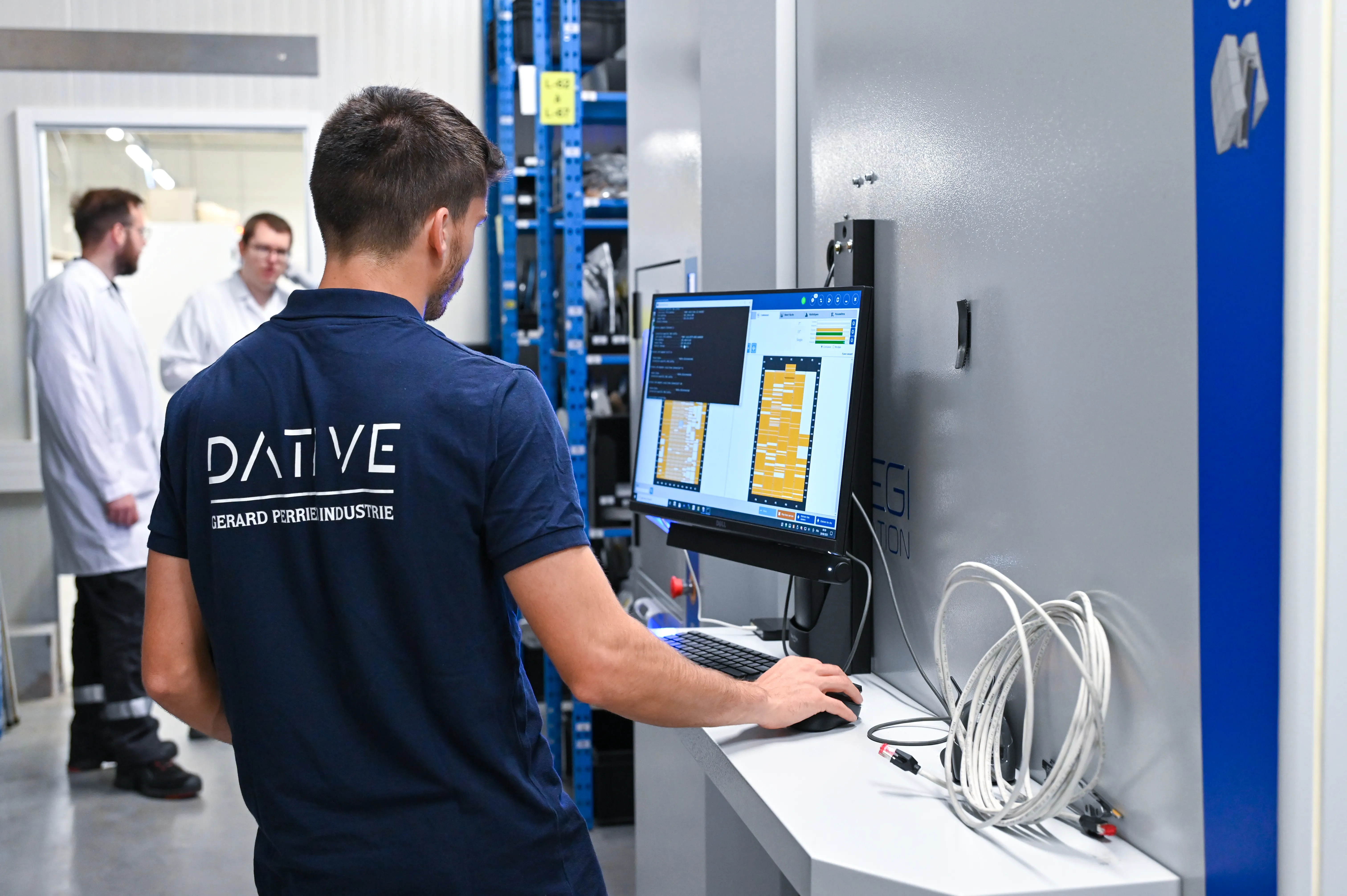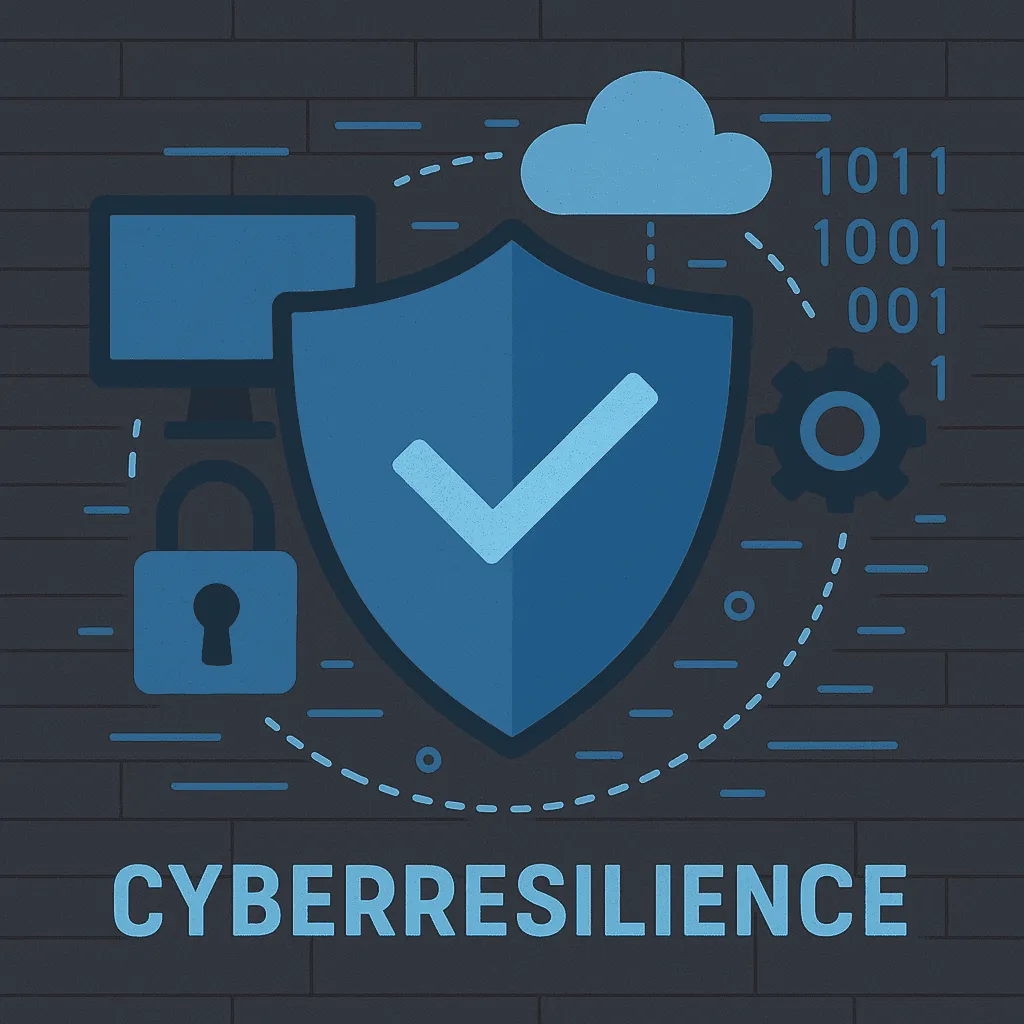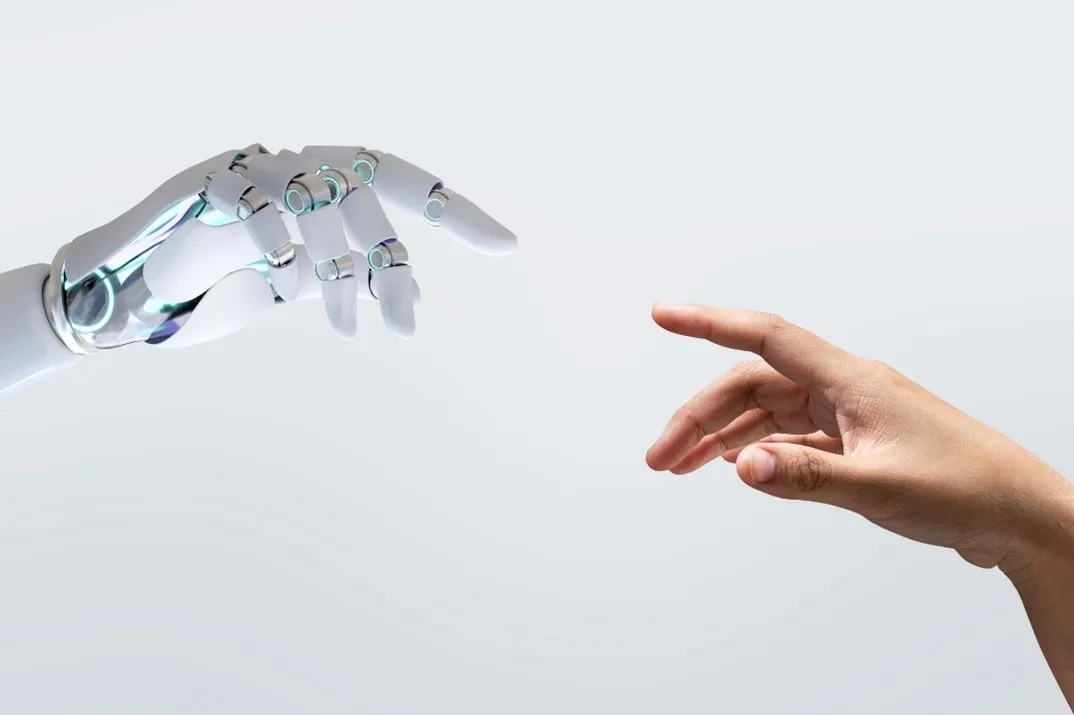
Challenges to Anticipate in Industrial Cybersecurity
The rise of Industry 5.0 is transforming industrial environments. This modernization is accompanied by a constantly expanding digital attack surface. Between ransomware, offensive artificial intelligence, and IoT vulnerabilities, threats are becoming more diverse and complex. This article presents an overview of cyberattacks in industrial environments. It also analyzes the main cybersecurity challenges in the short, medium, and long term, based on current technological trends and regulations.
Overview of Cyberattacks in Industrial Environments
Cyberattacks targeting industrial environments are on the rise, threatening production and the security of infrastructures. Ransomware is paralyzing factories, and intrusions are exploiting vulnerabilities in IoT devices. These threats are evolving alongside the development of Industry 5.0. Understanding this context is essential to anticipating the challenges of industrial cybersecurity.
The Shift to Industry 5.0
Industry 5.0 represents a major evolution by integrating advanced technologies. These are used to optimize production and enhance interaction between humans and machines. Before Industry 5.0, version 4.0 focused on automation and connectivity. This new era emphasizes human-machine collaboration and artificial intelligence (AI), aiming to create a more agile, customizable, and resilient industry.
- Industrial IoT (IIoT) plays a key role in connecting equipment. It enables real-time monitoring and predictive maintenance. These smart sensors reduce production downtime and improve energy efficiency. However, their interconnectivity also increases the attack surface for cyber threats.
- Human-machine interaction is being enhanced with intuitive interfaces and augmented systems that support real-time decision-making. Additionally, the use of augmented reality and virtual assistants optimizes operations. But these improvements require adapted cybersecurity measures to prevent malicious manipulation.
- Cobots (collaborative robots) are also a pillar of Industry 5.0. They work in synergy with operators for precision or high-risk tasks. They improve productivity, but their connectivity exposes production lines to potential attacks.
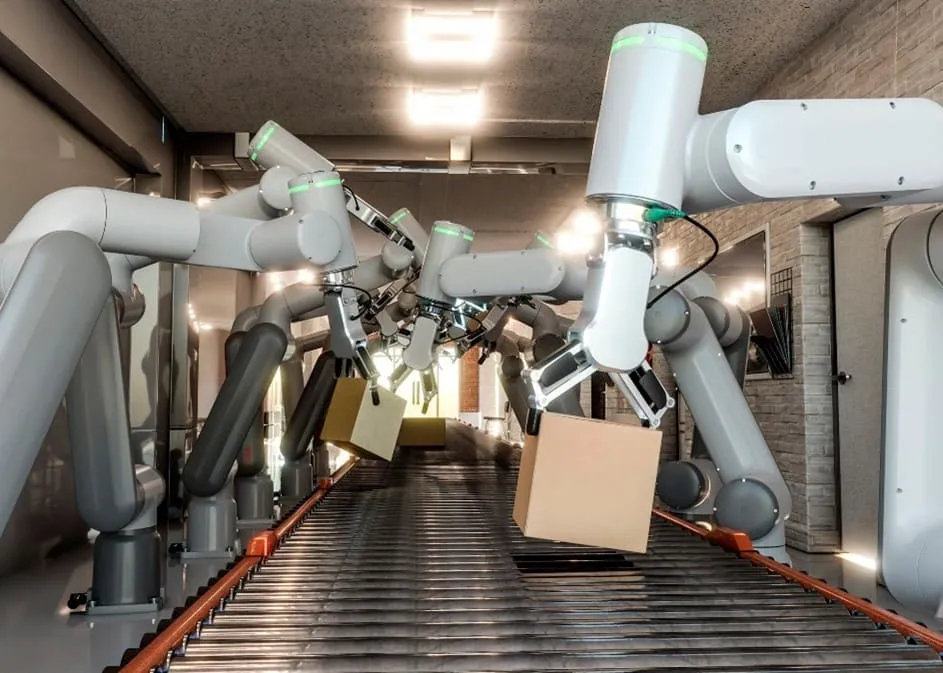
- Finally, artificial intelligence is revolutionizing the production chain by optimizing logistics, maintenance, and quality control. However, its use raises cybersecurity challenges, particularly with the threat of AI-driven cyberattacks or the manipulation of industrial algorithms.
Industry 5.0 offers more advanced collaboration between machines and humans. But it also demands increased vigilance in terms of cybersecurity. Connected industrial infrastructures must be able to ensure both their integrity and resilience.
The Main Cyberattacks in Industrial Cybersecurity
The rise of connected industry has led to an increase in cyberattacks targeting industrial infrastructures. These attacks aim to disrupt production, steal sensitive data, or compromise the safety of facilities. Among the most common types are:
- Ransomware: these malicious programs encrypt the data of industrial systems and demand a ransom in exchange for restoring the information. Groups like LockBit or Conti have already paralyzed factories, causing significant financial losses.
- Attacks on OT (Operational Technology) systems: hackers exploit vulnerabilities in programmable logic controllers (PLCs), SCADA systems, or IoT sensors. These attacks lead to production stoppages or alterations of industrial processes.
- Supply chain attacks: cybercriminals target the suppliers of an industrial actor. These targeted attacks allow them to inject malware into software or equipment used by the company.
- Intrusions via Industrial IoT: connected devices serve as entry points into networks. Poorly secured equipment allows attackers to exfiltrate data or disrupt operations.
- Industrial espionage and intellectual property theft: attacks orchestrated by nation-states or competitors aim to steal manufacturing secrets or technological innovations.
- AI-driven attacks: artificial intelligence is now used to automate cyberattacks, making intrusions faster, stealthier, and harder to detect and counter.
In response to these threats, it is essential to adopt defense strategies tailored to protect critical infrastructure and ensure the continuity of industrial operations.
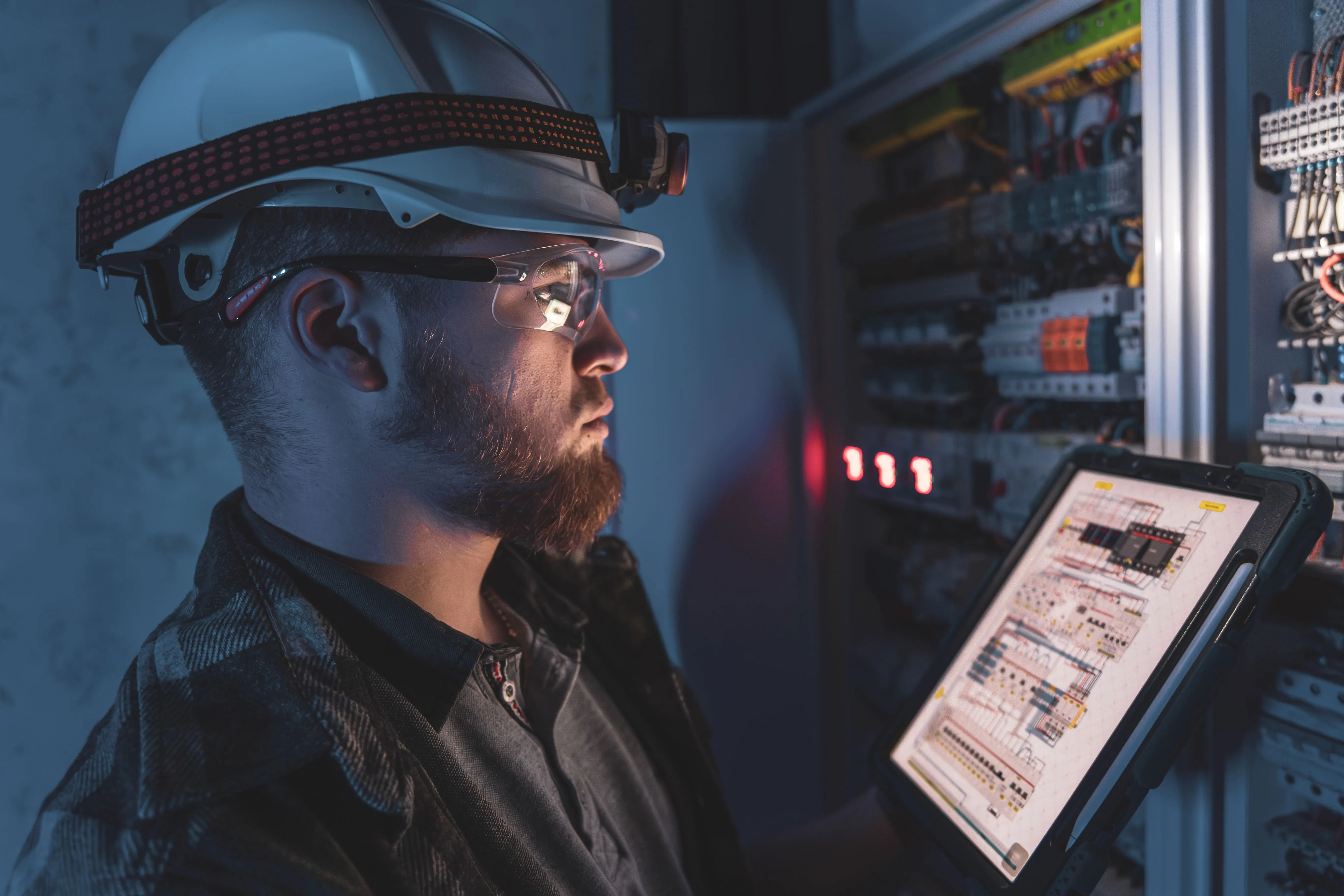
Short-Term Challenges in Industrial Cybersecurity
The rapid evolution of cyber threats requires industrial players to address several immediate challenges, especially in the era of Industry 5.0. In the short term, attacks are becoming more sophisticated and more frequent, particularly due to the widespread adoption of IoT. Industries also face the need to comply with new regulations imposed by governments to counter the rise in cyberattacks. Here are the main issues companies must tackle starting today.
The Rise of Ransomware Attacks
Ransomware is one of the most critical threats to industrial infrastructures. By targeting both OT and IT systems, these malicious programs encrypt data essential to production. Major companies like Colonial Pipeline and Norsk Hydro have already suffered crippling attacks, resulting in major financial losses and prolonged operational disruptions. In the face of this growing threat, industrial players must strengthen their backup strategies. Network segmentation is also recommended to limit the spread of ransomware.
The NIS2 Deployment
The European NIS2 directive, which will soon come into effect, requires industrial companies to strengthen their cybersecurity posture. It broadens the scope of affected entities and introduces new obligations, such as risk management, incident detection, and cooperation with authorities. Industrial players must adapt their infrastructures and processes to comply with these new requirements or face financial and legal penalties. In this context, Dative offers tailored support to help industrial companies comply with the NIS2 directive.
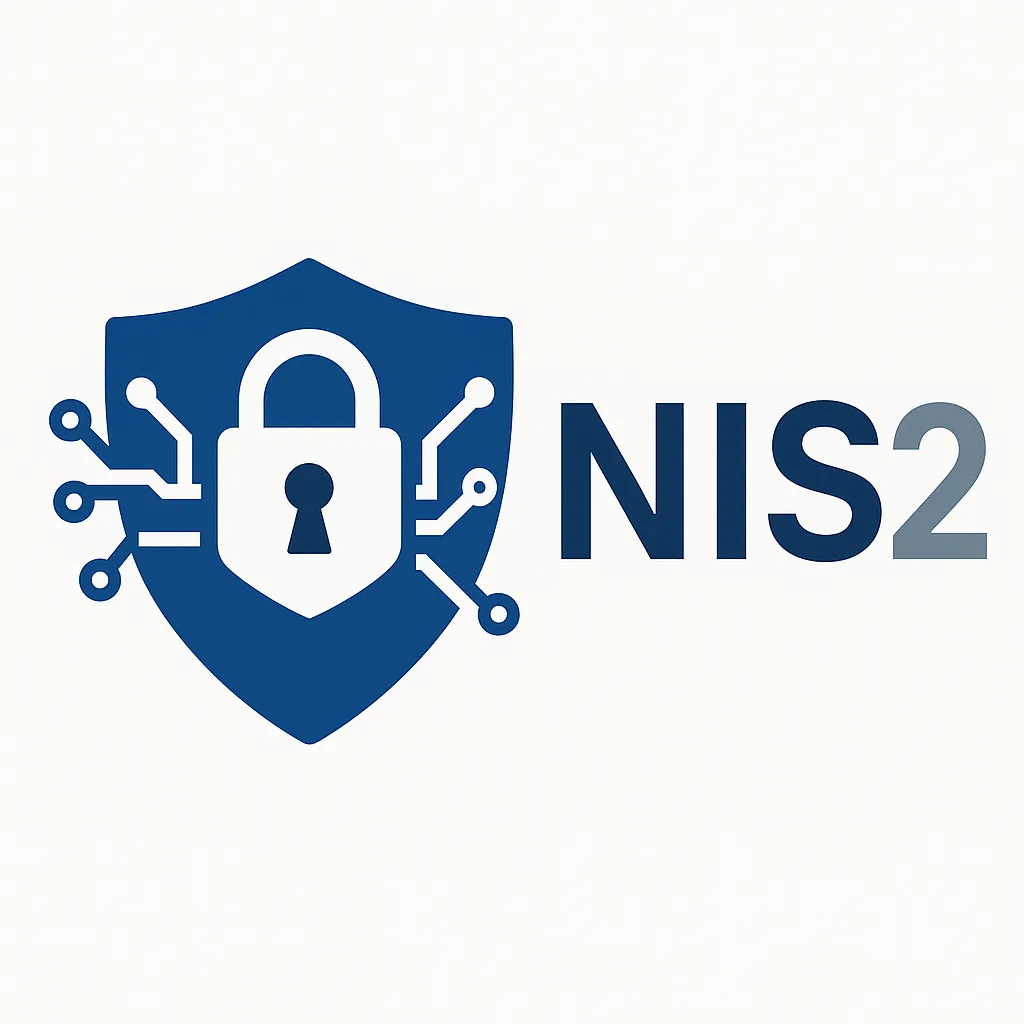
Are you ready for NIS2? Contact DATIVE for a full compliance audit.
The Sophistication of AI-Powered Attacks
Artificial intelligence is increasingly being exploited by cybercriminals to automate and refine their attacks. With AI, hackers can:
- analyze a system’s vulnerabilities,
- generate phishing emails,
- or bypass detection systems by mimicking legitimate traffic.
This evolution makes cyberattacks faster, stealthier, and harder to counter. Industrial players will need to invest in cybersecurity solutions that themselves incorporate defensive AI capabilities.
Protecting Connected Industrial IoT Systems
The rise of industrial connected objects (IIoT) brings significant efficiency gains but also exposes infrastructures to new threats. Many IoT devices have vulnerabilities, such as default passwords or insufficient security updates. This makes them prime targets for cybercriminals. A successful attack can cause production disruptions, data theft, or malicious control of equipment. Securing these devices requires strict access management, the implementation of encryption protocols, and regular updates.
Mid-Term Challenges in Industrial Cybersecurity
As industrial technologies continue to evolve, cyber threats are becoming increasingly sophisticated. In the coming years, attacks will be more and more automated. Artificial intelligence will see significant growth. New network infrastructures, such as 6G, will be widely adopted. These developments will reshape the industrial cybersecurity landscape. Anticipating these challenges is essential to prevent major vulnerabilities.
Advanced Offensive and Defensive AI
Artificial intelligence plays an increasingly important role in cybersecurity—for both attackers and defenders. In the medium term, cybercriminals will leverage more advanced AI systems. These AIs will:
- analyze industrial system vulnerabilities in real time,
- automate attacks,
- adapt their strategies based on detected countermeasures.
In response, industrial players will need to integrate AI-based cybersecurity solutions capable of detecting and neutralizing these threats. This includes behavioral analysis systems, anomaly detection, and automated response mechanisms to counter attacks. The goal is to act before attacks can impact operations.

The Full Automation of Cyberattacks
Cyberattacks will become increasingly autonomous, with malware capable of spreading and adapting without human intervention. These automated attacks will be able to identify vulnerabilities, move laterally within a network, and carry out malicious actions without triggering obvious alerts.
In response to this threat, industrial players will need to implement proactive cybersecurity solutions. This involves combining artificial intelligence with dynamic access management. Zero Trust will become an essential security strategy for all industrial infrastructures.
The Adoption of 6G and New Risks
The arrival of 6G in industrial environments will bring exceptional network performance. Latency will be ultra-low, ideal for critical systems. Massive connectivity will benefit connected devices and automated production. However, this advancement will also introduce new risks in industrial cybersecurity.
The growing number of connected devices will significantly expand the attack surface. Industrial networks will become more vulnerable to intrusions and distributed attacks. The ultra-fast communications enabled by 6G will also pose new challenges, as cybercriminals could exploit this speed to launch more complex attacks in a shorter time.
Industrial companies will therefore need to anticipate these challenges by integrating advanced encryption protocols today, building secure network architectures, and implementing solutions capable of real-time monitoring of ultra-high-speed data flows.
Long-Term Challenges in Industrial Cybersecurity
In the long term, industrial cybersecurity threats will evolve alongside major technological advancements. Quantum computing, the globalization of regulations, and the growing complexity of connected infrastructures will require anticipatory protection measures. This will involve the continuous adaptation of industrial cybersecurity strategies.
Quantum Threats
The rise of quantum computing represents a major turning point for cybersecurity. Quantum computers have exponential computing power. They will be capable of breaking traditional encryption algorithms used to secure communications and data.
Industrial infrastructures will therefore need to anticipate this threat by adopting post-quantum cryptography solutions. This transition will require a complete overhaul of security protocols, including the implementation of new standards resistant to quantum attacks. Industrial players will need to closely monitor developments in quantum cybersecurity research to stay protected from these future threats. This technological shift will be a challenge for both industrial cybersecurity and information technologies (IT).
Global Regulation
As cyberattacks become more global and complex, the need for harmonized international regulation is increasingly evident. Current differences between European, American, and Asian standards complicate the implementation of unified strategies to secure industrial infrastructures.
In the long term, industrial players will have to adapt to a constantly evolving global regulatory landscape, with strengthened cybersecurity requirements. The adoption of international standards will be a strategic issue to ensure effective and consistent cybersecurity.

Conclusion
Industry 5.0 is profoundly transforming industrial environments through connected and intelligent technologies. This evolution also increases the risks associated with cyberattacks, which are becoming more frequent and sophisticated. Ransomware, espionage, and AI-powered attacks threaten the continuity of industrial operations. In the short term, companies must secure their IoT equipment and segment their networks effectively. In the medium term, they will need to integrate cybersecurity systems based on artificial intelligence. In the long term, adopting post-quantum cryptography will be essential to face future quantum threats. Industrial cybersecurity must be considered from the design phase of connected systems. It is a key condition to ensure the resilience and security of critical infrastructures. To achieve this, you need to be supported by experts in the field, like Dative!
Secure your industrial systems today with Dative.


